Reyni-Hrefna not only experiments with cooking period dishes (no easy thing, given that recipes from this time do not exist), but she also experiments with period preservation methods. She also frequently cooks in iron kettles and soap stone pots, both of which are period.
For this feast she not only laid out a beautiful spread (with each item served in a period container) but she explained to us the food itself, how it was cooked or preserved, and often why someone would choose to eat these things (because honestly, most were strange to an American palate).
Included in the feast was beef and kale with juniper berries, preserved in whey; goat and sheep hearts; kettle worms (a type of sausage); grasmjolk (icelandic moss cooked in milk); barley flat bread; skyr; a whole cooked head; roasted duck; an ocean stew with fish broth and shellfish; cultured butter; and a kale that is made the way one makes sauerkraut.
I have to say that I loved the preserved beef and kale, despite the fact that it is very bizarre to eat what is essentially a fermented meat product. The moss was amazing, and I did not even know that item was edible. The skyr was fantastic, as was the bread and butter. I am not normally a fan of sausage but this was excellent and had a bit of a forest taste (more juniper?), and likewise, I do not usually care for duck, but this was tastey. I liked the kale, but the texture was quite rubbery after preservation. The fish broth and mussels were nice as well, but I did not help myself to either head or heart.
I loved that this was both educational and tasty, but I have to say that the atmosphere provided really allowed for this to be one of those true "medieval moments" that one occasionally gets to experience in the SCA. Her attention to detail in setting up the table and preparing this meal was superb, and I was greatly honored to be included.
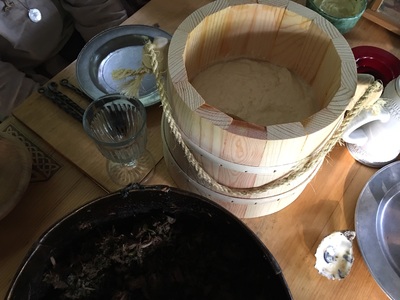
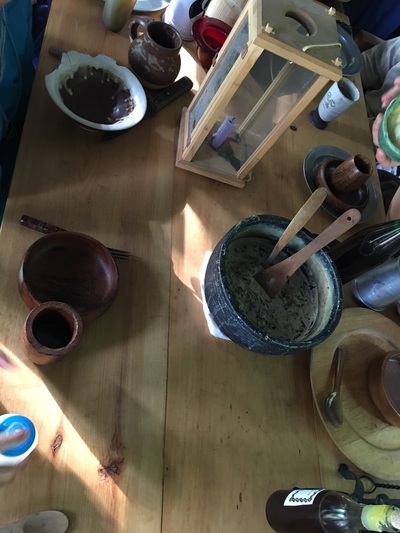
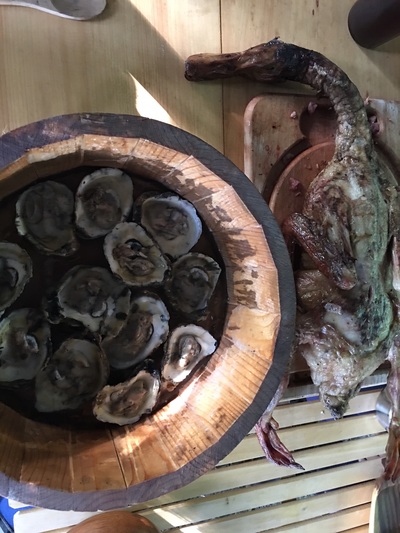
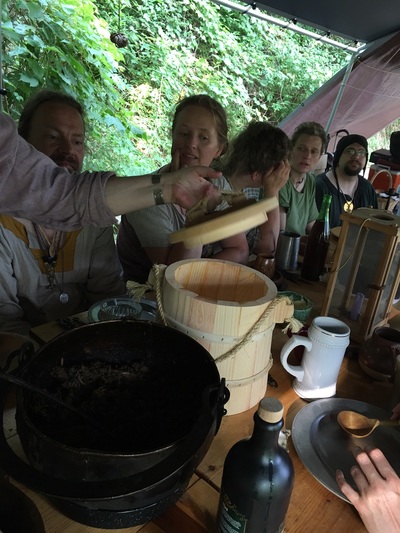
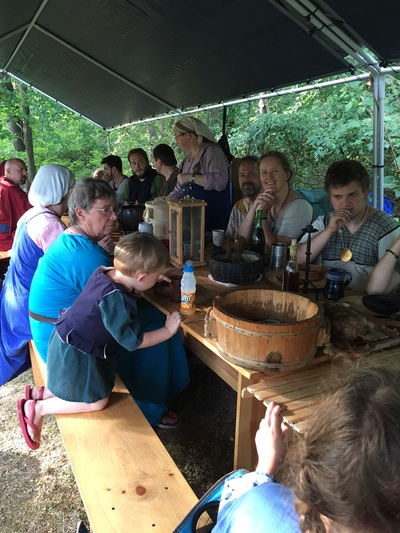
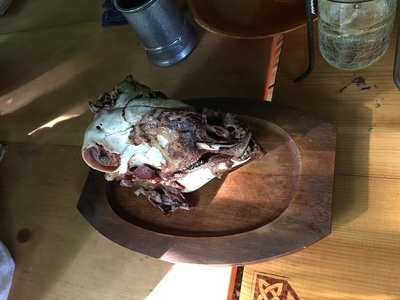
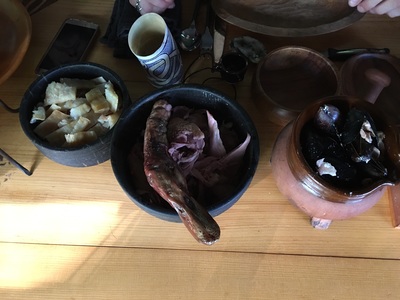
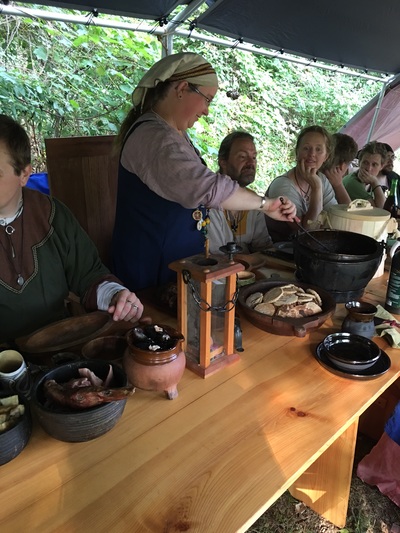
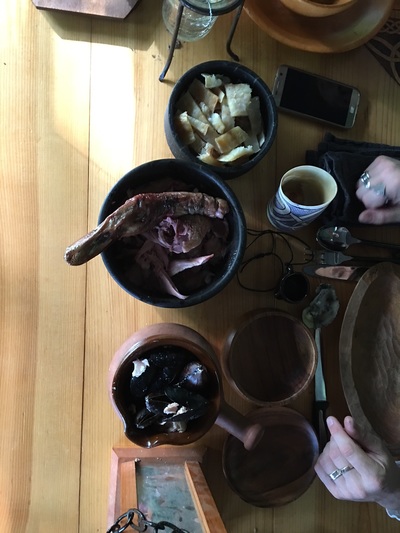
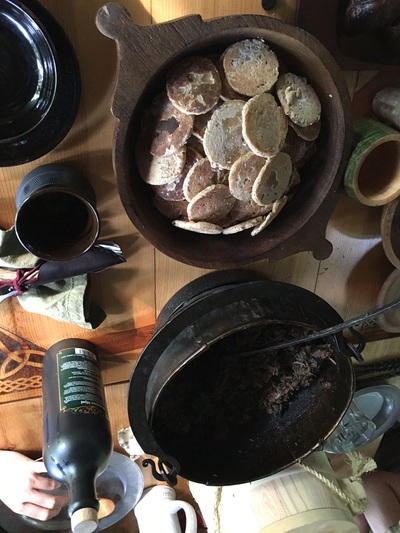
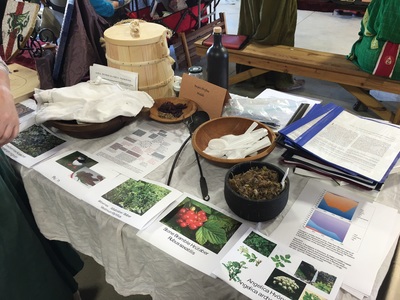
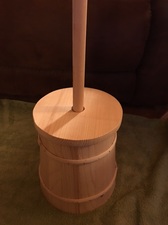
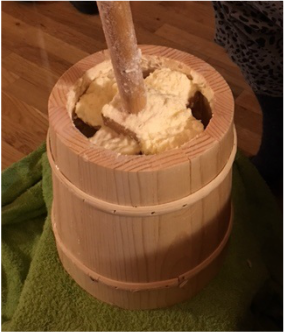
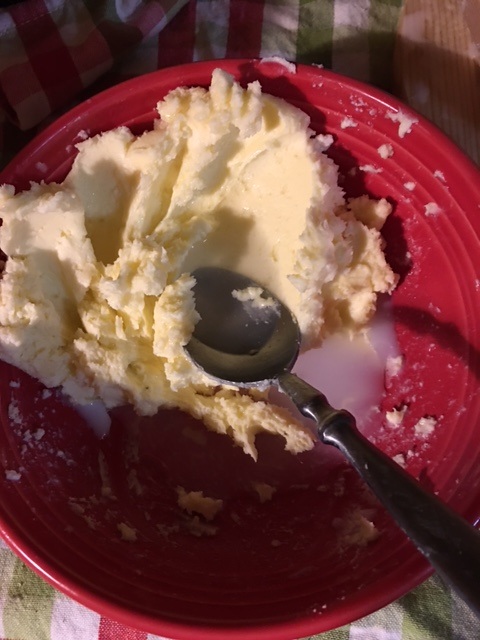
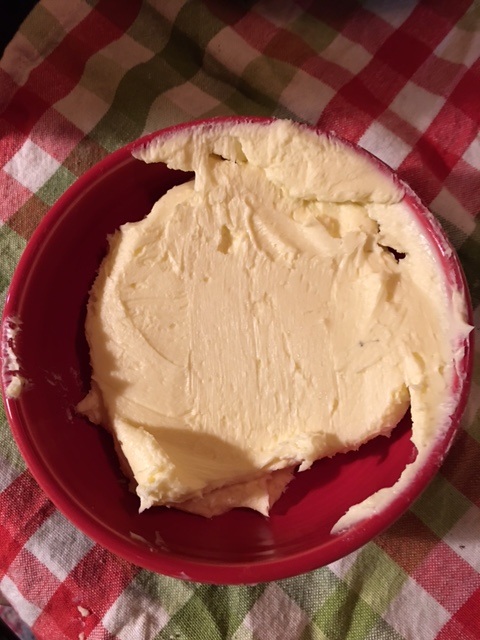
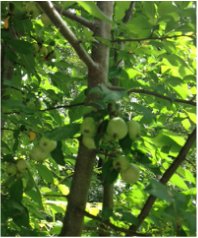
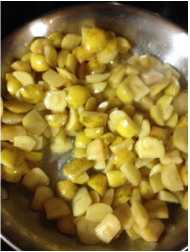
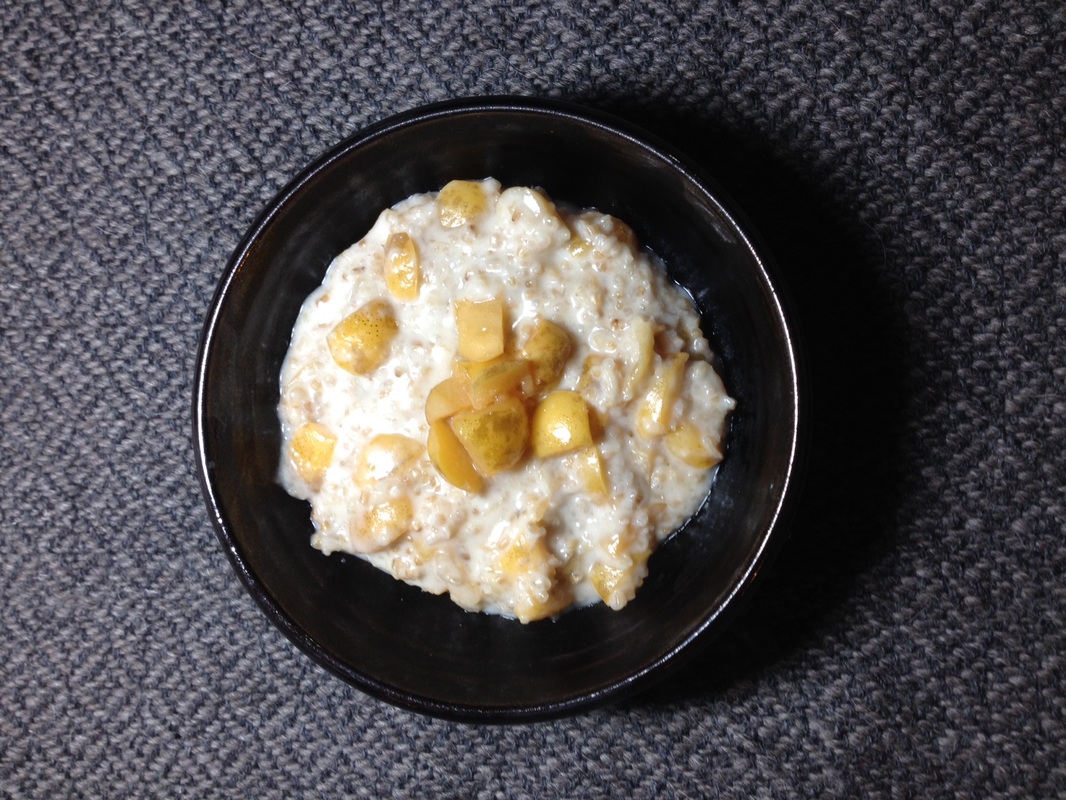
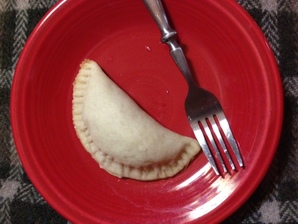
 RSS Feed
RSS Feed